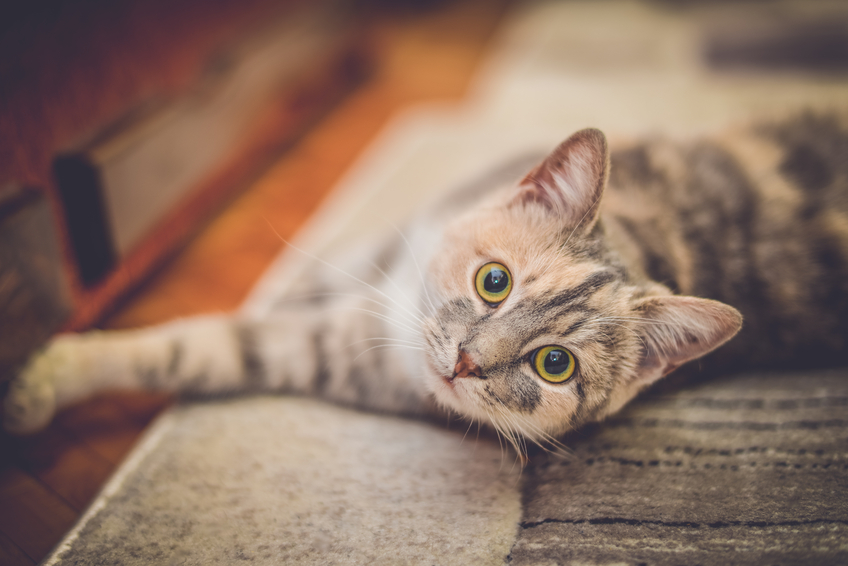Top 3 Hair Ball Solutions

Most cats are meticulous groomers and in this daily process, they swallow hair.
Hair in the digestive tract is not digestible and it will form a clump known as a trichobezoar. Most hairballs pass through the digestive tract without causing problems, however, some hairballs will get large enough to block the passage of food. When a blockage occurs cats will show signs of constipation, diarrhea, and loss of appetite. Unfortunately, what goes down must eventually come up and the clogged hairball will cause relentless vomiting.
With southern heat comes shedding meaning it is almost impossible to prevent all hairballs.
Here are a few tips to help your cat "lick" the problem:
- Grooming - Brushing your cat daily can help. The more hair a brush collects the less hair in your cat's digestive system. Also, having your cat professionally groomed controls the problem. Although most cat owners screech at the sight of a shaved down cat, your cat will thank you as well as your furniture, carpet, and floors.
- Diet - Many hairball formula diets have increased fiber to help keep things moving in the right direction. Also increasing the moisture content of your cat's diet by encouraging more water consumption and offering wet food can help.
- Hairball Remedies - Your veterinarian can recommend a variety of intestinal lubricants that often help. These lubricants come in a variety of tasty flavors for your cat's enjoyment.
Although hairballs are inevitable, they do not need to be the culprit of health concerns for your cat. Our doctors can recommend the best options for your pet to ensure a smooth transition into summer.

